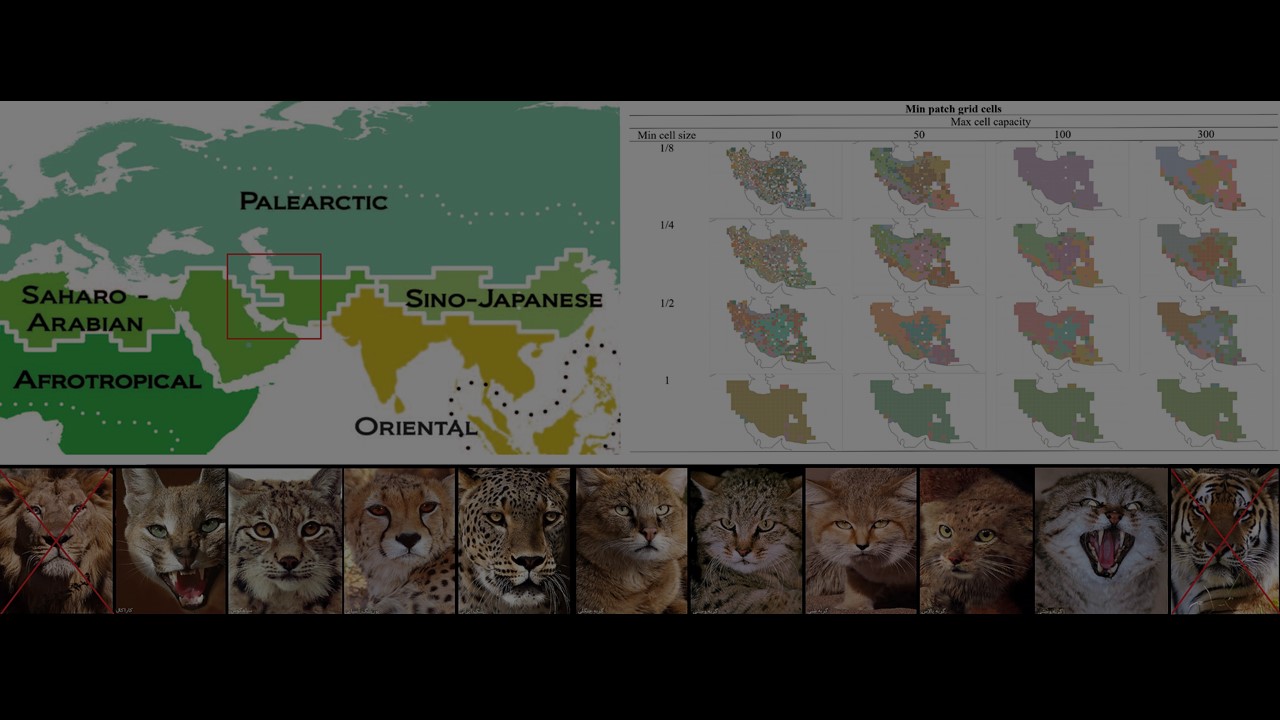CONSERVATION BIOGEOGRAPHY OF THE TERRESTRIAL MAMMALS IN IRAN: DIVERSITY, DISTRIBUTION, AND VULNERABILITY TO EXTINCTION

STUDENT SEMINAR IN BIODIVERSITY AND EVOLUTION

Conservation planning of biodiversity requires accurate data on taxonomy and species geographical ranges. Still, there are many gaps (known as three main shortfalls: Linnean, Wallacean and extinction estimate) in our knowledge of different aspects of biodiversity. These shortfalls are known as the most important data deficits for conservation planning and to halt biodiversity loss. Iranian land mammals represent a remarkable case study to apply the objectives and principles of Conservation Biogeography, and addressing the Linnean and Wallacean shortfalls as well as the lack of knowledge in species extinction risk. Despite the growing availability of distribution data and information on species taxonomy and systematics, there is the need to update the species list and map available distribution data to identify hotspots of species richness and functional diversity. This information is needed to assess the conservation status (or Red List status) of mammals, which is critical for conducting species risk analyses. These are needed to understand which species are likely to become extinct in the future or what makes a species more prone to extinction. Assessing the vulnerability to the potential impacts of climate change is needed, especially the identification of species and functional groups that are likely to be exposed to climate risk areas. These are topics covered in my thesis under the Conservation Biogeography framework. In this presentation, I will talk about these subjects, where we reviewed the taxonomy and distribution of 192 terrestrial species from 33 families at the subspecies level, assessed their conservation status, identified biogeographic regions in their distribution by using different methodological approaches, identified the main factors driving their extinction risk and finally examined their vulnerability to future climate change.
Gholam Hosein Yusefi is a PhD student in the BIODIV programme, being supervised by José Carlos Brito (CIBIO-InBIO) and Kamran Safi (University of Konstanz) as part of the BIODESERTS group. His PhD project is focused on the Iran mammals’ diversity and distribution.
[Host: José Carlos Brito, Biodiversity of Deserts and Arid Region]
Image credits: Holt et al. (2013) Science 339: 74-78; Fariborz Heidari; G Hosein Yusefi